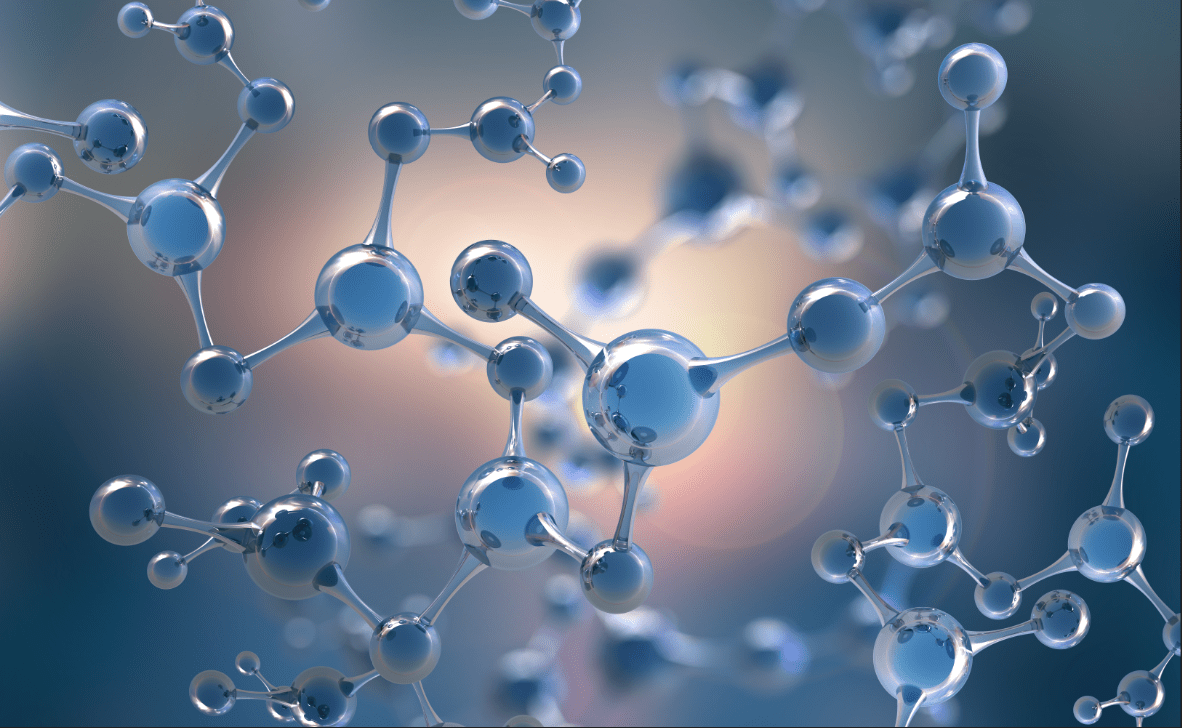Trends in Mass Spectrometry


About Course
This course will covers the more recent trends and research modalities in Mass Spectrometry. In fact the current trends in mass spectrometers is undoubtedly more sensitive, more selective, and allow higher throughput than those of the recent past. The analysis of complex mixtures from the drug design and discovery processes, as well as proteomics, demands improvements in these areas. Commercial manufacturers have enhanced instrument sensitivity by opening the atmosphere-to-vacuum apertures with associated increases in the vacuum pumping capacity. The quadrupoles themselves have, however, remained relatively unchanged, although some recent instruments have been equipped with ring guide collision cells.
